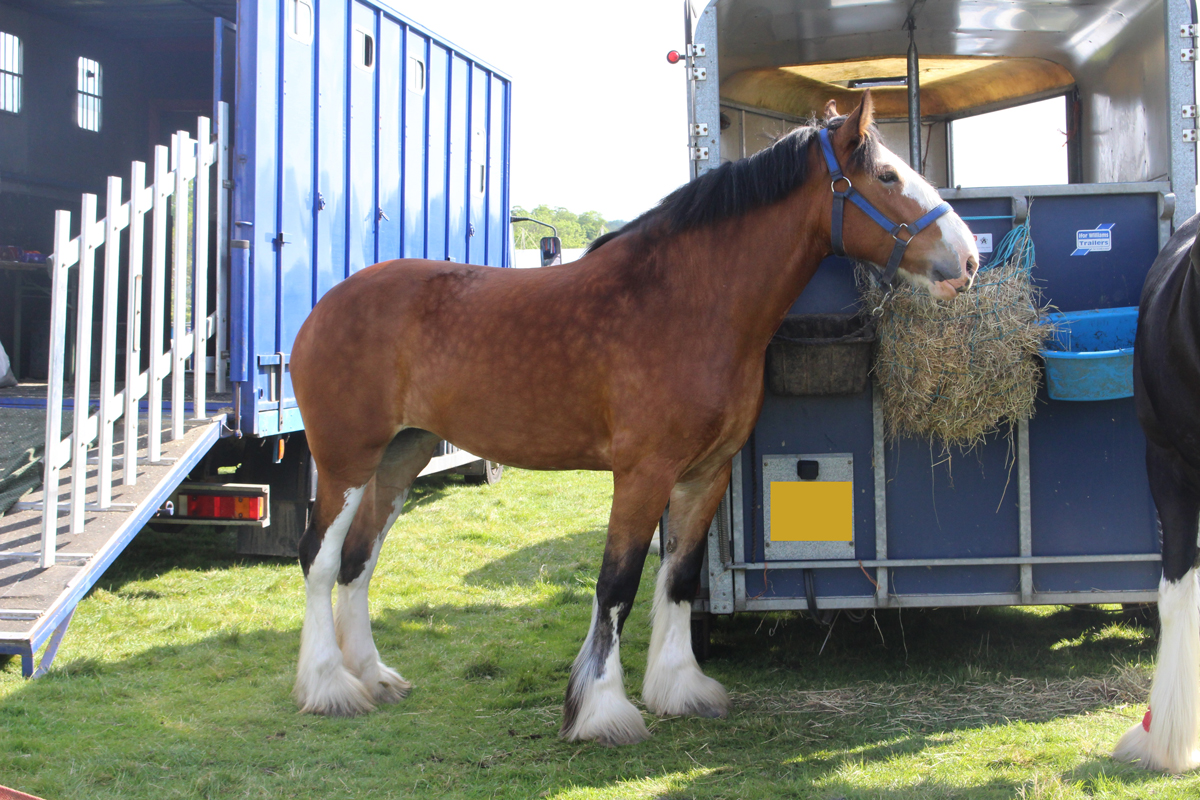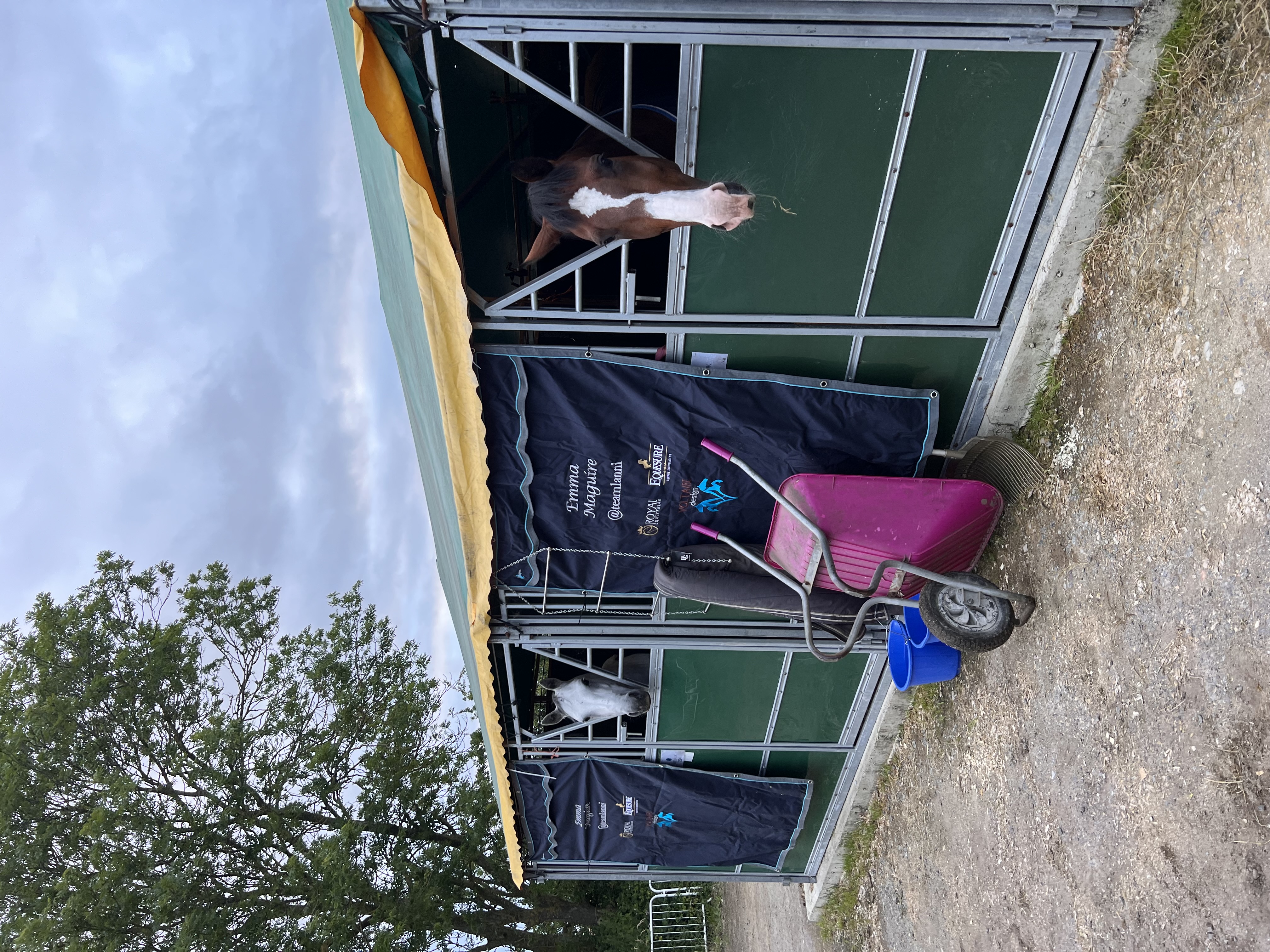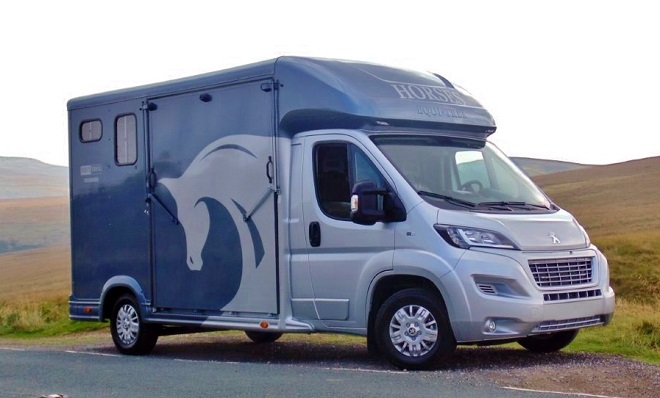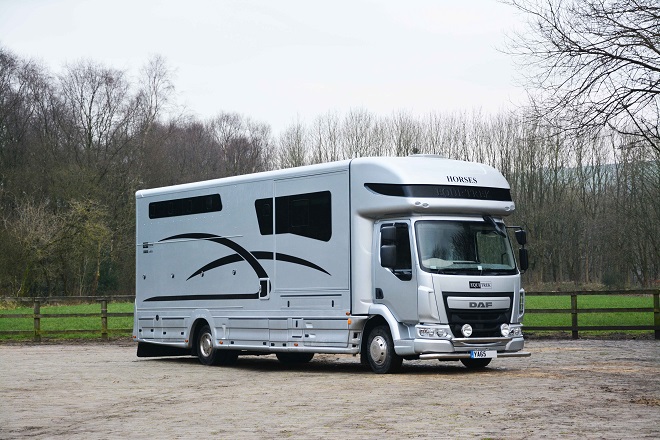Should you buy new or secondhand?
Whether you have a stallion, mare or gelding, horse ownership can be a very expensive hobby, so you may be tempted to buy a horsebox second hand.
There are pros and cons to consider for buying new and secondhand. Buying new means that you’ll benefit from the manufacturer’s warranty, the horsebox will be in tip-top condition and you’ll have a salesman to go back to if anything goes wrong.
But then again, your initial outlay will be more and the risk of it getting stolen may be higher, which may push up horsebox insurance costs.
If this is your first horsebox, buying second-hand will mean you’ll be able to get a lot more for your money. But you’ll need to check the vehicle’s history and whether it’s got any outstanding finance still remaining. Remember, too, that you won’t get as much for it when you come to sell it on.
When looking at second-hand horseboxes to buy, always remember to check the vehicle’s registration plate, vehicle type, colour, engine size and chassis number with the V5C log book.
The Horse Exchange has shared a handy 14-point checklist of things to look out for when buying a used horsebox. Some of the most important things include:
- Look for rust, damp or rot on the ramp and in the horse’s area.
- Check the engine isn’t leaking oil.
- Check the lights, horn and dashboard indicators are all in working order.
- Check the tyres and the tread depth.
- Check it will be able to carry everything you need within the maximum weight allowed – people, horses, tack, fuel, equine equipment and so on.
- Take it for a test drive so you can feel the handling and get used to the size.
Is it right for your horse?
Even though all the vehicle checks we’ve talked about are essential, the most important thing to ask is ‘is this horsebox right for my horse?’
You’ll want your horse to be safe, comfortable and secure when travelling on the road, arriving fresh at the other end and ready to ride.
Think about horseboxes with padding around the walls, remove any sharp edges that a horse could hurt itself on during transit, and make sure there are sturdy partitions in place if you’re transporting two or more horses at once.

Protect your investment with horsebox insurance
Today’s roads are busier than ever, which means increased risk, especially for larger vehicles like horseboxes.
That’s why having the right horsebox insurance in place is so crucial. Here at Equesure, we can offer Comprehensive, Third Party, Fire and Theft, and Third Party Only cover for a competitive price.
With over 60 years of experience in the insurance market, our team of specialists know how to find you the right horsebox insurance for your needs.
Equesure can find cover for all types of motorised horseboxes, from 3.5 tonnes to HGVs worth up to £750,000.
Remember to tell our team if you’re using the horsebox for business purposes. Not sure? Talk to one of our specialists today and they’ll help you find the right cover for you.
Get a quote for horsebox insurance today.






